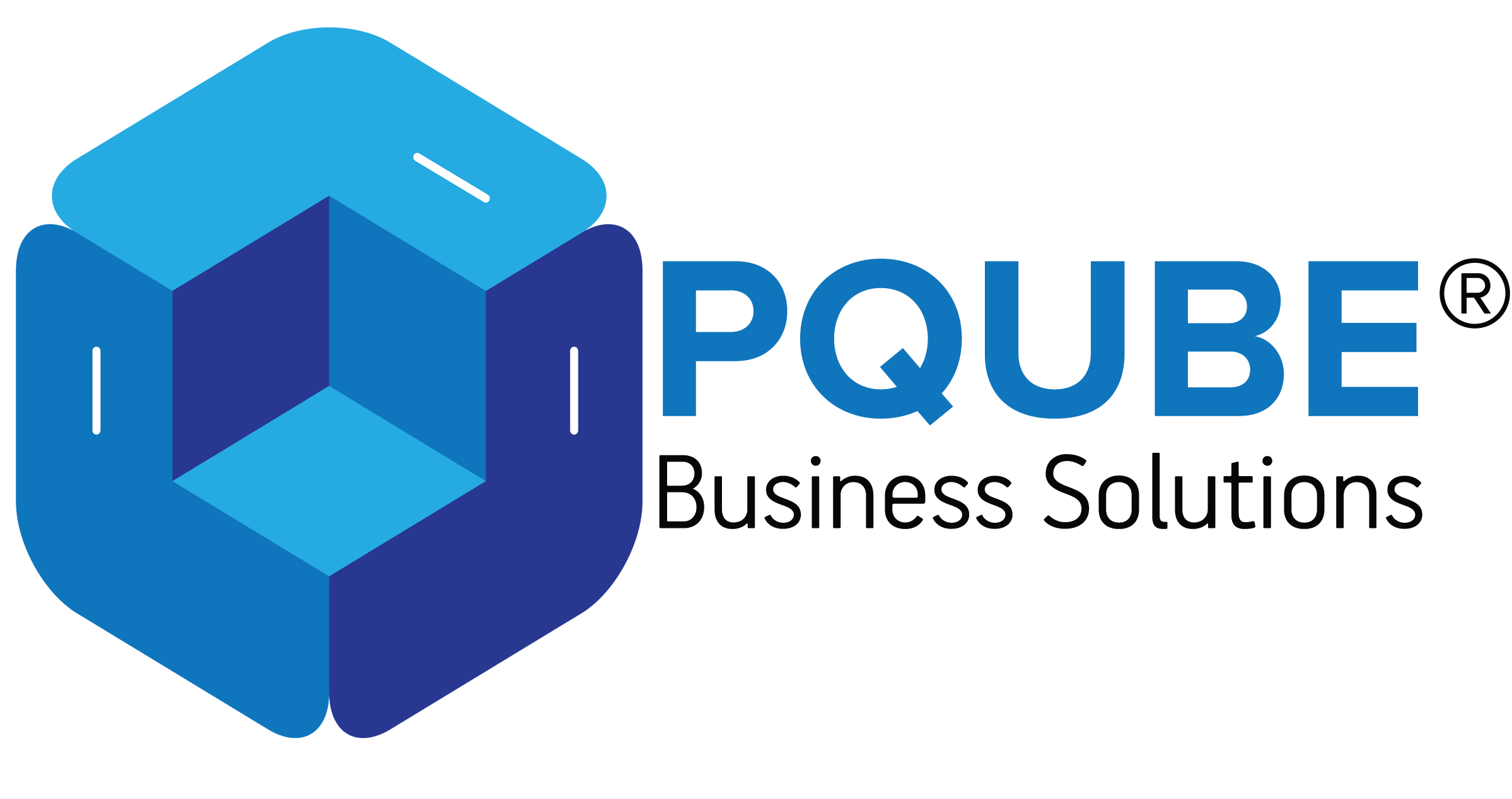When Tech Dreams Meet Reality
Meet John, a small business owner who runs a manufacturing company. Last year, he spent $50,000 on new automation software, expecting it to cut costs and boost productivity. Six months later, his employees were still struggling with the system, orders were getting delayed, and customer complaints were piling up.
Sound familiar? John’s story isn’t unique. 66% of businesses have automated at least one process, but many struggle to see real results. The problem isn’t the technology itself it’s how businesses approach implementation.
This guide will show you how to avoid John’s mistakes and successfully transform your business operations in 2025.
The Current State of Business Technology
The Numbers Tell the Story

Technology adoption is accelerating faster than ever:
- 90% of organizations are now undergoing some form of digital transformation, making it a global business priority that spans across industries from healthcare to manufacturing (McKinsey & Company, 2024)
- Global IT spending is set to grow 9% in 2025, up from about 8% in 2024, representing billions of dollars in technology investments worldwide (S&P Global)
- 29% of CEOs reported positive impact on growth from digital transformation, showing that strategic implementation can drive real business results and competitive advantages (Deloitte)
- 56% reported ROI exceeding expectations in specific areas, particularly in customer service automation, data analytics, and operational efficiency improvements
But There’s a Catch
Despite heavy investment, many businesses struggle:
- Only 35% of businesses accomplished their digital transformation objectives, highlighting a significant gap between investment and actual results in an analysis of 850+ companies worldwide
- 28% report digital transformation is perceived as a cost center rather than a growth driver, often due to poor planning and execution strategies that focus on technology rather than business outcomes
- 26% face resistance to change as a major barrier, with employees struggling to adapt to new processes without proper training and clear communication about benefits
- 29% find it hard to prove ROI with data, indicating that many organizations lack proper measurement frameworks and key performance indicators to track success
Why Most Technology Projects Fail

The Top Implementation Mistakes
1. Starting Without a Clear Plan
- Businesses jump into technology without understanding their current processes, leading to solutions that don’t address real problems or create unnecessary complexity in operations
- No clear goals or success metrics means teams can’t measure progress or determine if the investment is worthwhile, resulting in wasted resources and unclear outcomes
- Lack of budget planning beyond initial purchase costs often surprises organizations with hidden expenses like training, integration, maintenance, and ongoing support requirements
2. Ignoring Employee Training
- 93% of workers across industries affirm that being tech-savvy is important, yet many companies underestimate the time and resources needed for comprehensive training programs (MIT survey)
- Companies buy software but don’t invest in training, expecting employees to figure out complex systems on their own, which leads to poor adoption rates and user frustration
- Employees resist change when they don’t understand benefits, creating a cycle where new technology sits unused while old, inefficient processes continue to dominate daily operations
3. Poor System Integration
- 82% face challenges balancing short-term needs with long-term strategic changes, often resulting in disconnected systems that create more problems than they solve (PwC survey)
- New tools don’t talk to existing systems, forcing employees to manually transfer data between platforms, which increases errors and reduces the efficiency gains technology should provide
- Data gets trapped in silos, preventing organizations from getting a complete picture of their operations and making informed decisions based on comprehensive information
4. Choosing Wrong Technology
- Following trends instead of business needs leads to expensive solutions that look impressive but don’t solve actual operational challenges or improve customer experiences
- Overcomplicating simple processes with unnecessary features creates confusion among users and often makes tasks more difficult rather than streamlined and efficient
- Not considering scalability means organizations outgrow their systems quickly, requiring costly replacements or major upgrades within just a few years of implementation
The Smart Implementation Framework

Phase 1: Assessment and Planning (Weeks 1-4)
Step 1: Map Your Current Operations
- Document all existing processes
- Identify pain points and bottlenecks
- Calculate current costs and time spent
Step 2: Set Clear Goals
- Define specific, measurable outcomes
- Set realistic timelines
- Establish budget limits
Step 3: Choose the Right Technology
- Research solutions that fit your needs
- Read reviews from similar businesses
- Request demos and trials
Phase 2: Preparation (Weeks 5-8)
Step 1: Prepare Your Team
- Communicate benefits clearly
- Address concerns and fears
- Create implementation teams
Step 2: Clean Your Data
- Organize existing information
- Remove duplicates and errors
- Standardize formats
Step 3: Plan Integration
- Map how new systems connect to existing ones
- Identify potential conflicts
- Create backup plans
Phase 3: Implementation (Weeks 9-16)
Step 1: Start Small
- Begin with one department or process
- Test thoroughly before expanding
- Gather feedback continuously
Step 2: Train Your Team
- Provide hands-on training sessions
- Create easy-to-follow guides
- Assign tech champions in each department
Step 3: Monitor Progress
- Track key performance indicators
- Address issues quickly
- Celebrate early wins
Phase 4: Optimization (Weeks 17-24)
Step 1: Gather Feedback
- Survey employees regularly
- Track customer satisfaction
- Monitor system performance
Step 2: Make Adjustments
- Fix problems as they arise
- Customize settings for better performance
- Add features as needed
Step 3: Scale Gradually
- Expand to other departments
- Add new features slowly
- Maintain training programs
Industry-Specific Implementation Strategies

Manufacturing
Key Focus Areas:
- Inventory management automation
- Quality control systems
- Predictive maintenance
- Supply chain optimization
Success Metrics:
- Reduced waste by 15-25%
- Decreased downtime by 30%
- Improved order accuracy to 99%+
Retail
Key Focus Areas:
- Customer relationship management
- Inventory tracking
- Sales analytics
- Online integration
Success Metrics:
- Increased customer retention by 20%
- Reduced stock-outs by 40%
- Improved profit margins by 10-15%
Healthcare
Key Focus Areas:
- Patient record management
- Appointment scheduling
- Billing automation
- Compliance tracking
Success Metrics:
- Reduced administrative time by 30%
- Improved patient satisfaction scores
- Decreased billing errors by 50%
Financial Services
Key Focus Areas:
- Transaction processing
- Risk assessment
- Customer onboarding
- Regulatory reporting
Success Metrics:
- Faster processing times by 60%
- Reduced compliance costs by 25%
- Improved customer satisfaction by 35%
Common Pitfalls and How to Avoid Them

Pitfall 1: Technology for Technology’s Sake
The Problem: Implementing flashy features that don’t solve real problems The Solution: Focus on business outcomes, not technical features
Pitfall 2: Underestimating Training Needs
The Problem: Employee satisfaction improvements of 15-35% when properly trained The Solution: Budget 20-30% of project cost for training
Pitfall 3: Poor Change Management
The Problem: 54% cite resistance to change as primary challenge The Solution: Involve employees in planning and decision-making
Pitfall 4: Rushing the Timeline
The Problem: Trying to implement everything at once The Solution: 31% focus on workflow automation for operational excellence – start with one workflow
Building a Future-Ready Business
Key Success Factors for 2025
- Embrace Continuous Learning
- Technology changes rapidly
- Regular training keeps teams current
- Stay informed about industry trends
- Focus on Employee Experience
- Happy employees adopt technology faster
- Provide ongoing support
- Recognize and reward early adopters
- Plan for Scalability
- Choose solutions that grow with your business
- Build flexible systems
- Prepare for future integrations
- Measure What Matters
- Track business outcomes, not just technical metrics
- Regular performance reviews
- Adjust strategy based on results
The 2025 Technology Trends to Watch
Automation Evolution
- 80% of businesses are speeding up process automation
- 50% plan to automate all repetitive tasks
Low-Code Platforms
- Enable non-technical staff to create solutions
- Faster development and deployment
- Lower costs and complexity
Advanced Analytics
- Better decision-making with data insights
- Predictive capabilities for planning
- Real-time performance monitoring
Measuring Success: Key Performance Indicators
Financial Metrics
- Return on investment (ROI)
- Cost reduction percentages
- Revenue growth
- Profit margin improvements
Operational Metrics
- Error reduction rates of 40-75% compared to manual processing
- Processing time improvements
- Customer satisfaction scores
- Employee productivity gains
Strategic Metrics
- Market share growth
- Competitive advantage gained
- Innovation capabilities
- Future readiness score
The Road Ahead: Your Next Steps
Week 1: Start Your Assessment
- Map current processes
- Identify biggest pain points
- Set preliminary goals
Week 2: Research Solutions
- Compare different options
- Read case studies
- Talk to other businesses
Week 3: Build Your Team
- Select implementation leaders
- Plan communication strategy
- Set project timeline
Week 4: Begin Implementation
- Start with pilot program
- Train initial users
- Monitor progress closely
Conclusion: From Struggling to Thriving
Remember John from our opening story? After learning about proper implementation, he took a different approach. Instead of rushing into expensive software, he:
- Mapped his current processes first
- Started with one production line
- Trained his team thoroughly
- Measured results carefully
Six months later, his productivity increased by 35%, employee satisfaction improved, and customer complaints dropped by 60%. The same technology that failed before now drives his business success.
The difference wasn’t the technology it was the approach.
Smart technology implementation in 2025 isn’t about having the latest tools. It’s about understanding your business, preparing your team, and executing a well-planned strategy.
Digital transformation is creating new job opportunities globally, and businesses that approach it strategically will lead their industries. The question isn’t whether to adopt new technology it’s how to do it right.
Start small, plan carefully, and focus on your people. Success will follow.
Ready to Transform Your Business?
The technology is available. The strategies are proven. The only question is, are you ready to take the first step?
Your journey to business transformation starts today.
Need expert guidance for your digital transformation journey? Contact PQube for Digital Transformation service and accelerate your business growth with proven strategies and implementation support.







